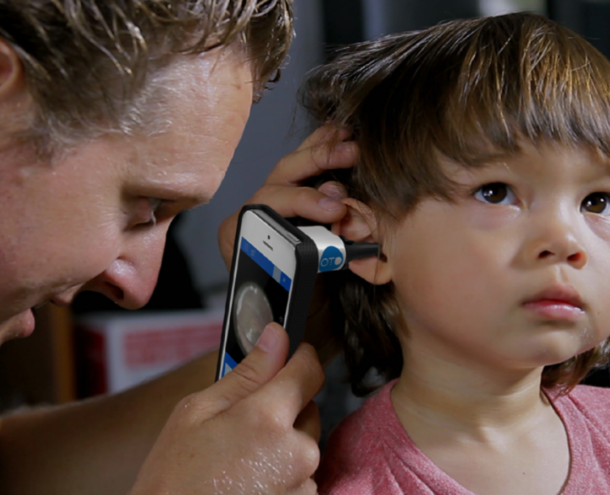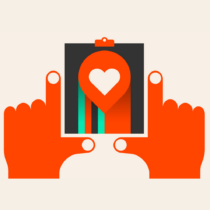The Emancipation of Health Care Consumers

The consumerization of health care is close to reaching a tipping point. Advancements in smart medical devices have provided patients with unprecedented access to their health data, and the Web has become a surrogate for the physical health care experience. Moreover, the growth of high deductible plans means consumers will pay more attention to their health care consumption as they have to reach into their pockets to pay for treatment.
“I want change in health care” is the rallying cry of the consumer. And with the deluge of innovative medical devices entering the marketplace, change is on the horizon.
Shopping for health care plans
With health care becoming increasingly retail-orientated, consumers can shop for health care plans and services the same way they book a hotel or order a new pair of shoes. By integrating smart medical devices into their services, health care brands are presented with an invaluable opportunity to differentiate themselves by aligning brand with technology to create a better, more personalized patient experience. And, with an assemblage of health care choices, being different has never been so important.
A litany of smart medical devices already exists in the marketplace, signaling the beginning of the massive portfolio to come:
- Smart MRIs that auto detect low helium levels and relay messages to a technician ahead of time
- Smart sensor pills that create a “digital health feedback system” between patient and doctor
- Mobile health kits on smartphones that allow patients to examine potential ear infections
All examples of smart devices that are having an immediate impact on patient experience.
Smart medical devices exponentially reduce the maintenance time for integral diagnostic machines through automated notifications to technicians, and empower patients by providing direct access to their own health data. Moreover, health care patients expect to access their health data on the fly with the ability to self-diagnose ailments in the comfort of their own home. Health care brands that recognize this shift in consumer expectations and capitalize on technologies that place health care in the hands of their patients will be able to create a patient experience that is intimately modern.
While advancements in smart medical devices will undoubtedly herald new standards and practices in health care, there is no crystal ball in an industry where innovation and secrecy often go hand in hand. But one trend has emerged from the introduction of these devices, signifying the possible exodus of traditional hospital visits, medical diagnosis, and medical monitoring.
Goodbye hospital visits. Hello telemedicine.
Smart medical devices, like the smartphone, literally place health care back into patients’ hands. And the prevalence of telemedicine promises to greatly reduce some of the waste plaguing the health care system, which could mean the end of physical office visits.
“Hospital rooms will not be necessary in the future. You could have all monitoring done for very inexpensively in the comfort and safety of one’s home. There’s so much waste in our system. The patient is driving things much more and is alerted to the unnecessary aspects and trivial costs,” said Dr. Eric Topol, digital health pioneer and director of the Scripps Translational Institute.
But this isn’t a win-lose situation where consumers triumph at the expense of health care brands. In fact, health care organizations can achieve massive cost reduction through joint pilot telehealth programs. Recently, Banner Health achieved a 27% cost savings through a joint telehealth program with Phillips Hospital to Home. Hospitalizations were also reduced by nearly half.
Medical device innovation facilitates telehealth and telemedicine programs that empower patients to choose how, when, and where they receive care. This freedom of choice represents the democratization of health care, and allows health care brands to deliver a truly personal and innovative patient experience. Coupled with reduced costs from telehealth programs, smart medical devices and telemedicine are a winning combination for health care brands, care givers and consumers.
As more medical data is generated by patients and processed by computers, the diagnostic and medical aspects of health care will be diminished. This doesn’t mean that health care brands will be replaced by smartphones and diagnostic attachments; if anything, it’s a forecast of consumer sentiment in the coming years.
As Dr. Topol states, “Patients won’t just be empowered; they’ll be emancipated.”
James Parker is Marketing Assistant at Monigle.


